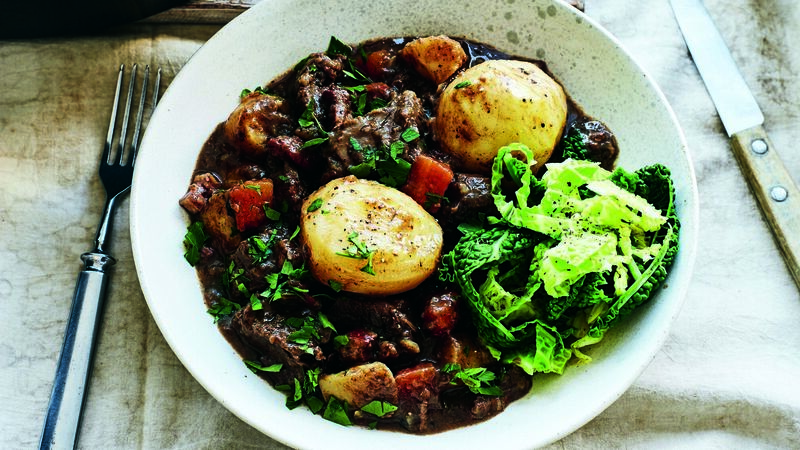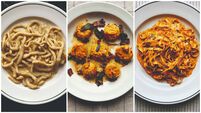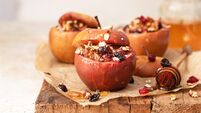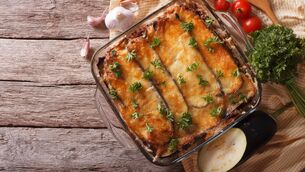Darina Allen: Three comforting one-pot stew recipes to warm you up on a cold day

Ireland has so many exciting walks to choose from through the forest and woodlands, over the hills, by the seashore… Songs have been sung and poems have been written about the joy of a winter walk through the frosty countryside. I love John Clare’s poem and Thoreau’s essay and then there’s the Canadian poet Lynette Roberts’s and Christina Umpfenbach’s poem also of the same name.









